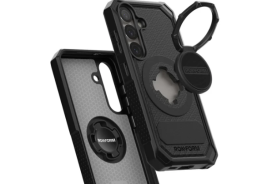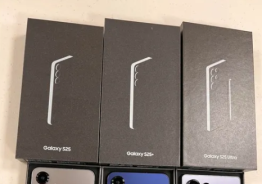Apple watchers have it that the next release of the iPhone, dubbed iPhone 5, is coming in a Liquidmetal casing. If this is anything to go by, this will be a first by Apple, which has released two generations of iPhones with the same glass casing.
Apple has been using the little-known alloy behind the scenes for the past two years, giving basis to the rumors that the new iPhone innovation will be housed in the Liquidmetal alloy. Liquidmetal is the commercial term that has been adopted for the alloy of titanium, nickel, copper, zirconium and various other metals. Korea IT News reported that the alloy would give the outer surface of iPhone 5 a "smooth like liquid" finish.
"The next iPhone needs to truly stand out from the crowd, A change in materials is a likely way to differentiate its form factor," Canalys analyst Chris Jones said in an email to Wired.
Liquidmetal was discovered at the California Institute of Technology back in 1992. According to technology pundits, the material consists of patented amorphous metal alloys, which are basically metallic glass. The material has outstanding properties, including high strength, durability resistance to scratching and denting. What also compliments the attributes is the remarkable strength-to-weight ratio aspect of the material. The rumors that the iPhone 5 comes in the Liquidmetal casing are not far-fetched, considering that Apple was granted the rights to use this material in August 2010.
"Liquidmetal allows precision parts to be fabricated similar to plastic injection molding, but with similar properties to metal," IHS Principal analyst quotes Kevin Keller in the Wired report. Wired's Christina Bonnington outlines, "In today's metal-based gadgets, you either need to bend a piece of sheet metal, or die-cast with an inferior alloy like aluminum or magnesium. In die-casting, the alloys tend to be brittle and have poor wear resistance."
It significant to note that Liquidmetal has been used in Apple products and in some devices and gadgets manufactured by other companies. What many mobile technology followers may not know is that the SIM card ejector tool built into some of the first-generation iPads produced for North America was made of Liquidmetal.
Keller said Liquidmetal has been used, since then, in various other mechanical components and internal parts. "We expect Apple and other manufacturers to start using this not only for larger and more visible portions of devices, but also entire enclosures," Keller said.
(reported by Gugulethu Nyoni, edited by Dave Clark)
© Copyright 2025 Mobile & Apps, All rights reserved. Do not reproduce without permission.












